Annual Operating Plan
What is it and How to Build it
The Operating Plan
An annual operating plan is a prized document – it’s the blueprint for building your organisation in any given year. You wouldn’t build a house without architectural drawings. Unfortunately, many SME CEOs run their organisations with only a sketch of what they are building. This article and attached guide is aimed at CEOs of commercial and nonprofit organisations with revenues between $1M and $40M and a functioning management/leadership team (i.e, 3+ managers) who don’t have a strong track record of strategic/operational planning. If your organisation is smaller, absorb the principles and scale down the process to suit your resources.
Introduction
Like many CEOs, I have run an annual planning exercise with suboptimal results. In my early days, it was horrible – rushed preparation, lack of alignment, personal agendas at the board table, weak commitment, lack of diverse thinking – and I tried to create, run and contribute all at the same time! The outcome was poor.
The good news is that annual planning is a craft which can be mastered.
Here’s how to run a low-stress annual operating planning process that:
- is consistent with your purpose and vision
- aligns the board and leadership team
- involves the wider leadership/management group
- incorporates feedback loops produces diverse business thinking
- is financially robust
I include a set of ‘cheat-sheet templates’ and ‘simple guides’ for managing the process and delivering the outputs. Once completed the management team should have an agreed action plan.
After reading the plan, you should know precisely what those involved:
- intend to do
- by when
- what they need to achieve it
- what are the expected results
Enjoy the read
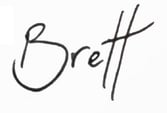

Setup Process
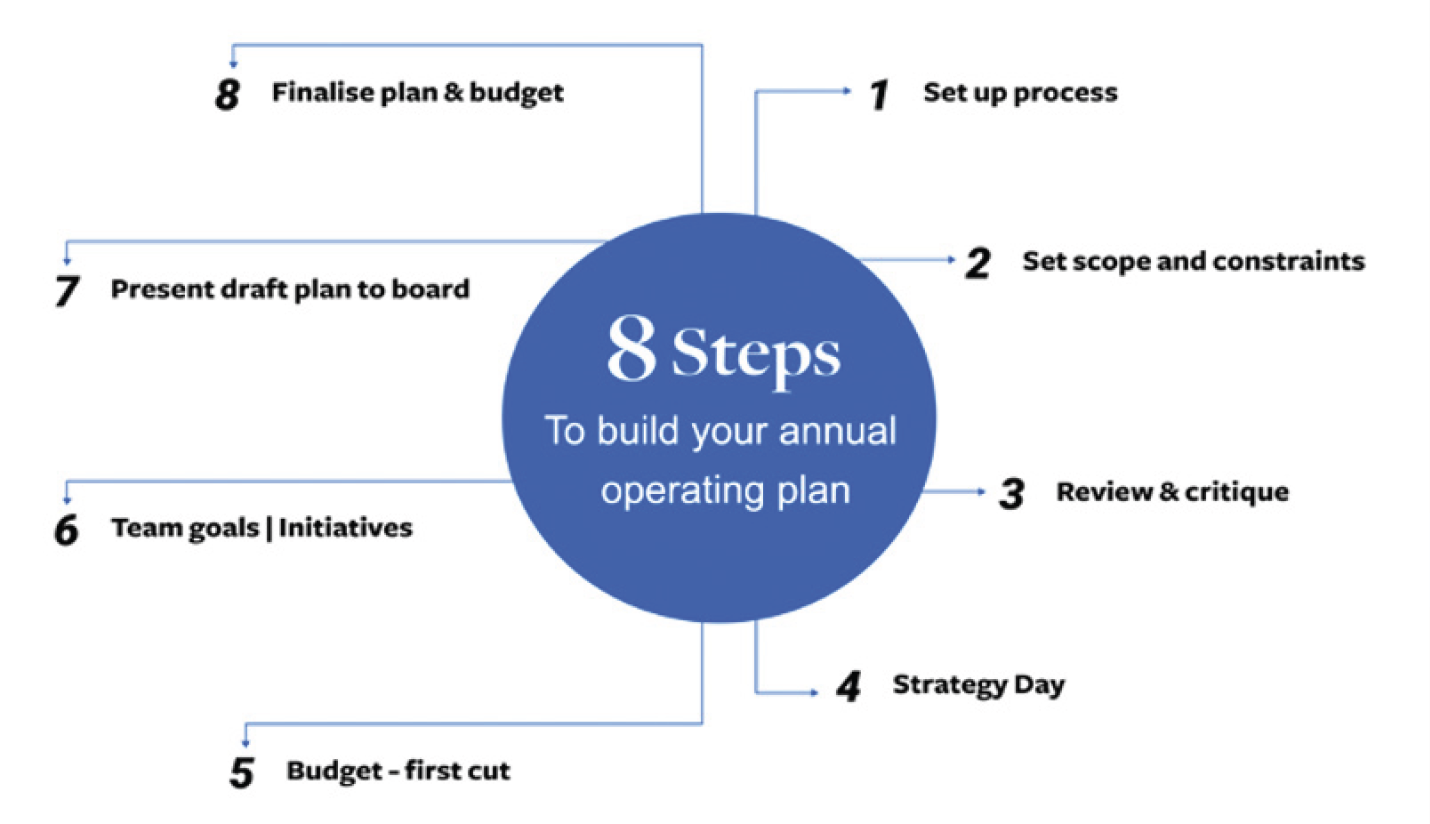
The most important thing is to start. It is easier to start and alter a draft than stare at a blank canvas. You’ll find a process framework in this eBook. It will help you to ask the right questions. You must also prepare early and have facilitate the steps well. This eBook assumes your business understands its reason for being (purpose/vision). This is a guide on ‘how to’ get there, not ‘why’ you are on this journey.
The first step is to establish a basic plan and timeline, which gives you the confidence you’ll cover the essentials and provides a guide to your leadership team and board.
Here’s an annual planning template that sets out a basic roadmap for running the process, including:
- organisational context
- key phases and responsibilities
- key meetings
- tasks, deadlines, and responsibilities
You can adapt it to your situation and needs. Use this document to brief both your leadership team and board. The strategy day is the core event in the process. Prior preparation and having the right people in the room is the most significant factor in determining how successful it will be.
If the right people (including some or all your board) arrive at the strategy day well prepared and you are able to facilitate a focused dialogue on the right questions, the annual planning process is set up for success.
NOTE: The CEO must own the whole planning process because, no matter who runs it, it is the CEO who is ultimately measured by its results.
 Expert Tips.
Expert Tips.
- Getting your leadership team and the board aligned is crucial. Bring both along on the journey and create opportunity for them to review the information, then discuss and agree on the plan.
- Establish a clear timeline starting 4 months before the start of the new financial year.
- Engage your functional leaders, i.e. marketing, production etc., to propose their own plan to support the overall organisational targets.
- It is important to engage an independent facilitator for the strategy day. This allows the CEO, board and management to openly engage without the CEO having to be the meeting referee. It does not elevate one attendee over another, and can call out bad behavior/alternative views without endangering relationships or the success of the meeting. Ideally budget for a professional facilitator but, if not, the person must have a good framework and basic facilitation skills. See the facilitation guide in section 4.
Set Scope and Constraints
It seems logical and obvious that before heading forth on any planning exercise the end point of the journey should be clear. But, sadly, this is often not the case. It is not for management alone to determine what success looks like for the organisation; that sits with the board as the representatives of the owners.
The board own the statements of intent. These include purpose, (which is interchangeable with vision), the mission (long-term goal), high-level direction.
This is the board’s strategic thinking process. NOTE: these statements can be formed in consultation with management, and for smaller businesses, the board and management are often the same. However, the ownership still rests with the board.
Statements of intent must precede any planning by the executive team. The board makes the intent of the organisation clear, thus creating the framework within which the planning is to occur.
Having made clear what is to be achieved (ends), the board will also have outlined any constraints on management in consideration of options (means to be used).
The leadership team can then develop operating plans and budgets that are consistent with the direction agreed by the board.
Setting scope is therefore a two-phased process:
- To secure any new or particular strategic mandate thereby setting the parameters of the scope by the board.
- To communicate that scope and associated constraints to the leadership team as a basis for operational planning.
The leadership team can then develop operating plans and budgets that are consistent with the direction agreed by the board.
Mature organisations have strong foundations already in place and a natural rhythm for reviewing strategic priorities that can feed into the annual operational planning process. Here, we’ve assumed a lower level of maturity and outlined a strategy day as part of the annual planning process – see step 4. If you don’t have any foundations in place at all, see expert tips in the next section.
Put together a short briefing document that outlines the scope of the planning exercise including:
- a reminder of the organisation’s vision, purpose and high-level direction
- key constraints on the organisation, eg. Available capital
- business model canvas (your business outline in a single page)
- objectives and key results (OKRs) or business scorecard (already in play)
- a SWOT analysis (strengths, weaknesses, opportunities, threats).
Confirm this with your board, prior to sharing with your leadership team.
Send out the summary to your leaders and then meet with the group to highlight key aspects and allow for questions and concerns to be handled. It serves as a guide and input to your strategy day.
Review & Critique
Capturing the learnings of the last year is a vital part of the annual planning process. An honest review of the previous plan and your current position should not be treated casually. Organisations that do not incorporate learning loops are prone to continue making the same mistakes. Ask the team: “what is succeeding, what has failed, what have we missed and why?”.
A simple hack is to take the prior year’s documents and convert the goals and objectives into a three-column table with the target in column 1, the actual results in the second column and commentary in column 3.
 Expert tips
Expert tips
- If a whole strategy or a particular initiative has not yielded the results expected, asking why is vital. Was it the wrong approach or poor execution? Knowing the difference is key.
- Involve your independent facilitator from the beginning of the process. While not expected to contribute directly, their understanding of the organisation’s context, power dynamics and recent history is a must to help them to facilitate well.
Strategy Day
Reviewing and confirming your foundation stones prior to producing your operational plan will lead to a stronger, more professional operating plan. Think of it in two parts:
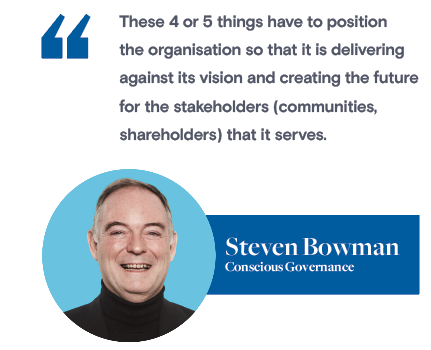
1. A foundation comprising:
- Purpose (or mission)
- Vision
- Values
- Market (who you are addressing)
- Core value proposition
- Positioning in the market
- Competitive advantage.
2. The top 4-5 priorities, which the board wants achieved over the next 2-3 years.
Part 1: should exist and if not, should be produced prior to the annual planning cycle. It serves as an ongoing reference for leadership team and board for the annual planning process.
Part 2: should be refreshed/reviewed annually and serves as a natural input to the annual planning process.
The key is to develop the right context (with supporting resources) to be considered in advance (see above) to be debated by the right group in a relaxed environment.
Use the key supporting documents, especially the SWOT and environmental scan as prompts to begin debating what those top 4-5 priorities might be. A skilled facilitator will help enormously to draw out ideas from the entire group and prioritise the list.
For example, the top strategic priorities for, say, a $10M ISP business in 1999, facing significant monopoly competition and technology changes, might have been:
- Migrate revenue streams away from low-profit commodity products (i.e. residential ADSL) so that 80% of revenues are in higher-profit products like datacentre and website hosting by 2001.
- Identify long-term technology trends and choose sustainable market space by 2003, i.e. web hosting or identify an exit pathway if there is no way to meet the shareholder goals.
- Maintain existing operational excellence and staff engagement as measured by … to June 20XX.
Five FREE Governance Templates
 Expert tips
Expert tips
- It’s a significant investment of time and money to hold a strategy day. Make it count
- Get the right team in the room. The best planning team is one that consists of the CEO, board, senior staff and 3-4 key stakeholders whose views matter. This should comprise no more than 12-15 people whose points of view help identify the top 4 or 5 key priorities.
- Research has shown that the worst team for developing a strategic plan is one made up of only the board, closely followed by one made up of only the management.
- Dialogue focused on strategic questions should not be comfortable.
- Your facilitator should encourage participation, ask questions of clarification and to try and summarise the core response to each key question.
- By using an external facilitator, the CEO is free to participate as a relative equal and it also means they avoid consciously or unconsciously leading the discussion.
- Hold the day in a comfortable off-site location to eliminate operational distractions.
Budget First Cut
With strategic direction emerging and an indicative budget to hand, it’s time to delegate the next phase of planning to your functional team leaders: marketing, sales, production, operations etc.
It’s better for these leaders to create their annual plan than for the CEO to lead. Buy-in is significantly higher if the person responsible for executing the plan writes it. The CEO’s role is one of inspiration, coach and co-ordinator.
Choosing to produce your annual plan OR your budget first is something of a chicken-and-egg scenario. Do you create your plans and then cost them or do you create a budget first and fit your initiatives into the available cash? And how much expenditure do you allow to be covered by projected revenue growth?
There’s no right answer.
My preference is for the CEO and CFO (head of finance) to create a fast, simple, top-down initial financial forecast as a guide to the team. It doesn’t mean the team can’t later argue for more or less expenditure or more or less bullish revenue projections. The initial constraints will, however, allow functional leaders to size up a plan based on an expected financial model.
Try and keep this budgeting process focused on the smallest number of levers that have the largest amount of impact. For instance, in a high-growth business this will be the revenue growth rate and associated investment in customer acquisition and the desired investment in product and/or new market development. Try and get ahead of the curve on these high-impact items. Ways to do this might be reviewing industry benchmarking, conversations with key directors and advisors, or capital allocation discussions with the board. At the very least, put a peg in the ground with a starting suggestion – feedback from the team and the board will shape your view.
Everything else can be handled via expenditure buckets and simple ratios. For instance, general administration can be calculated as a single line based on a percentage of revenue.
For example, last year’s G&A might be $1M and 10% of revenue. You know you’re increasing the overall organisational headcount by 20% this coming year and that you also expect efficiencies. You might then settle on G&A as 9% of revenue, which boosts the gross budget line by several hundred thousand. Do no more work than that at this stage and certainly no detailed line-by-line budgeting.
Finally, the form of the initial budget should be very simple – a page of key numbers and a page of related graphs.
 Expert tips
Expert tips
- The revenue model is one area worth starting early and in much more detail than the rest of the initial budget. Getting a strong handle on expected revenue growth is the key to confidence in general and flow-on investment decisions. I typically run both a top-down and bottom-up exercise in parallel. We look at benchmarks from like businesses in our industry and ask the coal-face sales and marketing leaders and team for input into the expected monthly sales.
- Ratios are such a wonderful tool for budgeting. In my inexperienced days, I’d build up a line-by-line cost budget, thinking about expected cost for dozens of individual expenses from rent to legal. This can all be bundled into a single bucket and a year-on-year increase applied based on prior year movements and industry benchmarks, i.e. what’s the typical G&A percentage of revenue in your industry?
Team Goals & Initiatives
With strategic direction emerging and an indicative budget to hand, it’s time to delegate the next phase of planning to your functional team leaders: marketing, sales, production, operations etc.
It’s better for these leaders to create their annual plan than for the CEO to lead. Buy-in is significantly higher if the person responsible for executing the plan writes it. The CEO’s role is one of inspiration, coach and coordinator.
Give your leaders a simple three-slide template and ask them to come back with:
- a key objective and two or three related key results (measurable outcomes)
- some SMART actions for achieving the key results.
Refer to the examples in;
Your CEO should be skilled and knowledgeable enough (on OKR or similar goal frameworks) to lead this process and act as coach to each of their functional leaders. If your CEO isn’t, don’t be afraid to invest in outside help to run the first exercise and train the CEO accordingly.
 Expert tips
Expert tips
- Concentrate all available resources on accomplishing two or three specific, operational objectives within a given time period. Businesses have limited time and money. You will achieve better competitive advantage when playing for limited, explicit gains in a marketplace of your choosing. Specialisation creates a team that is sensitive to opportunities and quick to act. But this advantage dies if execution is poor and it will be poor if resources are spread to thinly. This is like running a long race with half the fitness of the other athletes, winning is out of the question, it is just a matter of how much you lose by.
- Neither a functional team nor the organisation itself needs a fully detailed operating plan outlining dozens of targets and initiatives. In military parlance: ‘No battle plan ever survives contact with the enemy.’ Likewise, your operational plan will instantly change (at the detail level at the very least) once in contact with the market, with customers and with competitors.
- Most critical is a logically developed statement of direction and just a few key objectives and projects.
- Fully detailed operating plans are an exercise in disappointment.
- Your team leaders will appreciate succinct directional plans and commence work on detailed planning and execution within the natural rhythms and demands of their functions.
Present Draft Plan to Board

Presenting your annual plan to the board should be relatively straightforward as they have already provided your scope and constraints and participated in a strategy day. The annual plan should be a natural out-working of the broad directions already agreed to with your board.
Go about the process in this way:
- Create a single operating plan presentation.
- Insert your organisational purpose and vision as opening slides to orientate the reader to the big picture. Consolidate the functional goals and initiatives produced by your team leaders and insert these into the presentation. Add your initial budget.
- Send to your board as pre-reading material.
- Have each team leader present their function’s plan on the day. Engage in open discussion and solicit feedback from the board. Openly acknowledge constructive feedback and intent to incorporate into the operating plan. As CEO, take the opportunity to set the scene and ask questions throughout the process. Be the chief solicitor of feedback.
- Have your head of finance present the initial budget, focusing on the current charts and trends.
- Task the facilitator with summarising feedback and key take-aways.
- Avoid the need to finalise all the key questions raised on the day. Reserve the right to receive the feedback and incorporate it into the final plan after appropriate consideration.
 Expert tips
Expert tips
- Avoid writing detailed operational plans. Simple slides, spoken to, are less intensive to produce and help focus attention on the headline ideas.
- Be the CEO who doesn’t need to be right about everything and who is genuinely seeking feedback and critical debate on the plan. This communicates flexibility and confidence to the board and allows the CEO the opportunity to make the final call on big matters after the presentation day.
Finalise Plan and Budget

Consider feedback soon after the presentation day and absorb what makes sense into the operating plan and budget within a week. Upgrade the initial budget into a final version including:
- all salaries and expected increases
- review and acceptance by functional team leaders.
Circulate the document to the board for final sign-off. Upload the final version into a central repository accessible by all team leaders.
If you're looking for a tool to streamline your Board processes, check out BoardPro - an all-in-one software solution designed specifically for Boards!
Schedule a demo with our team today and begin to experience a whole new way of meeting.
From Our Blog
Stay up to date with what is new in our industry, learn more about the upcoming products and events.

Strategic governance insights: KPIs, KRIs, and KCIs

What is beyond mission and vision? Ikigai

5 things strong teams and functional board of directors have in common
Thousands of boards around the world trust BoardPro
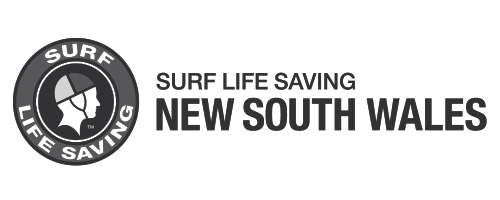



.png?width=100&height=100&name=master-builders%20(2).png)




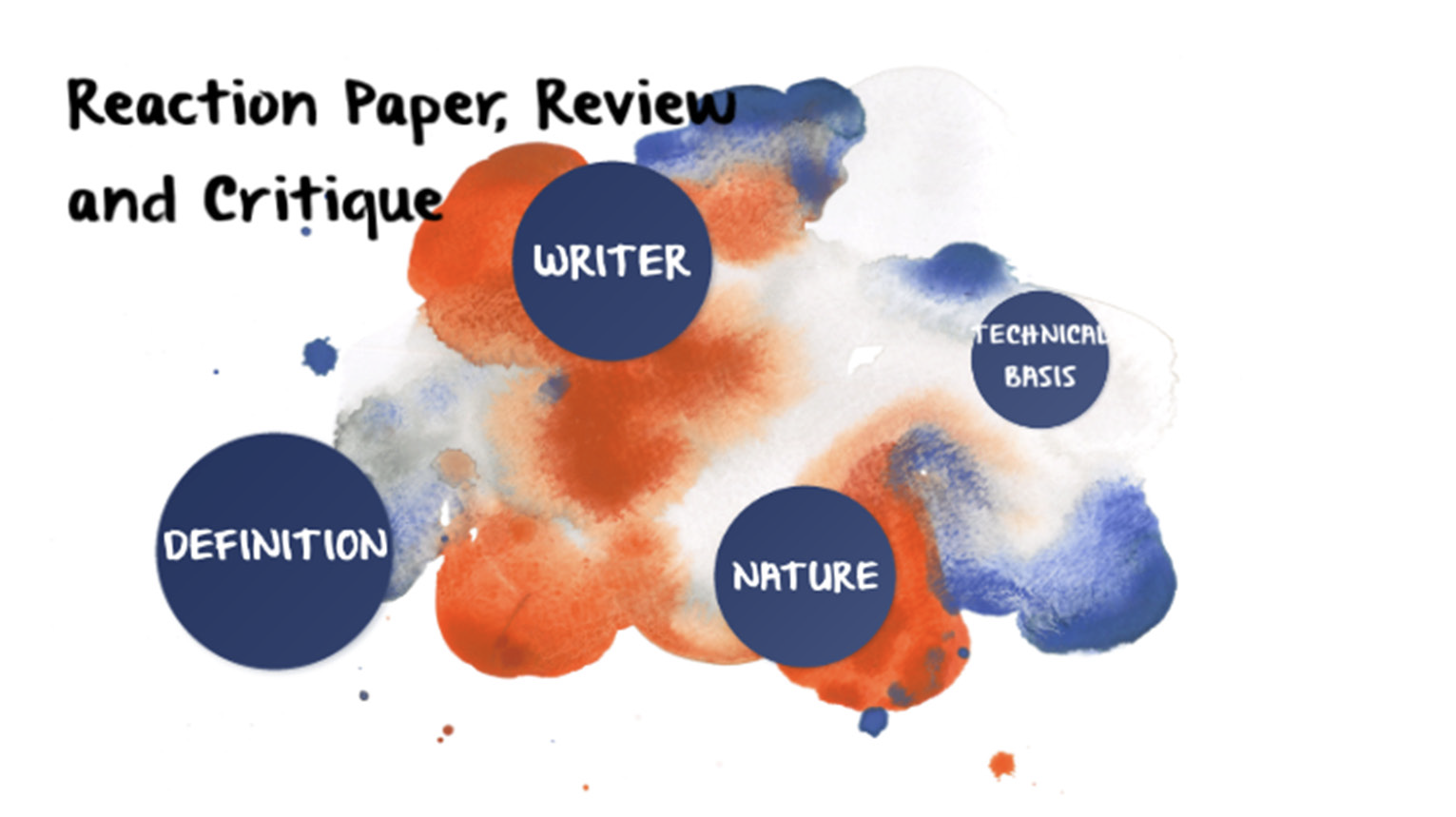


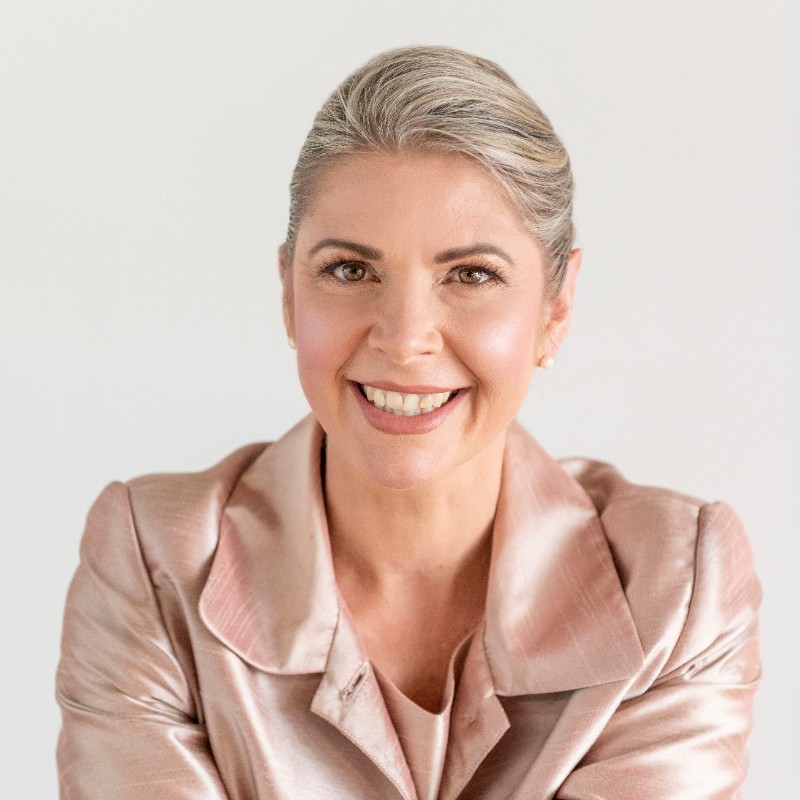

.png?width=760&height=760&name=Patrick%20(1).png)
